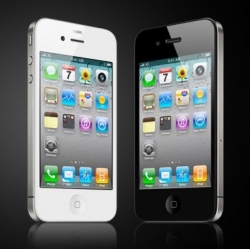
With high proportions having used mobiles across 20+ years (from about 9% in 1993 to about 90% today), we found that age-adjusted brain cancer incidence rates (in those aged 20-84 years, per 100,000 people) had risen only slightly in males but were stable over 30 years in females.
There were significant increases in brain cancer incidence only in those aged 70 years or more. But the increase in incidence in this age group began from 1982, before the introduction of mobile phones in 1987 and so could not be explained by it. Here, the most likely explanation of the rise in this older age group was improved diagnosis.
Computed tomography (CT), magnetic resonance imaging (MRI) and related techniques, introduced in Australia in the late 1970s, are able to discern brain tumours which could have otherwise remained undiagnosed without this equipment. It has long been recognised that brain tumours mimic several seemingly unrelated symptoms in the elderly including stroke and dementia, and so it is likely that their diagnosis had been previously overlooked.
Next, we also compared the actual incidence of brain cancer over this time with the numbers of new cases of brain cancer that would be expected if the “mobile phones cause brain cancer” hypothesis was true. Here, our testing model assumed a ten-year lag period from mobile phone use commencement to evidence of a rise in brain cancer cases.
Our model assumed that mobile phones would cause a 50% increase in incidence over the background incidence of brain cancer. This was a conservative estimate that we took from a study by Lennart Hardell and colleagues (who reported even higher rates from two studies). The expected number of cases in 2012 (had the phone hypothesis been true) was 1,866 cases, while the number recorded was 1,435.
Using a recent paper that had Davis as an author we also modelled a 150% increase in brain cancer incidence among heavy users. We assumed that 19% of the Australian population fell into this category, based on data from the INTERPHONE study an international pooled analysis of studies on the association between mobile phone use and the brain. This would have predicted 2,038 expected cases in 2012, but only 1,435 were recorded.
Our study follows those published about the United States, England, the Nordic countries and New Zealand where confirmation of the “mobile phones cause brain cancer” hypothesis was also not found.
